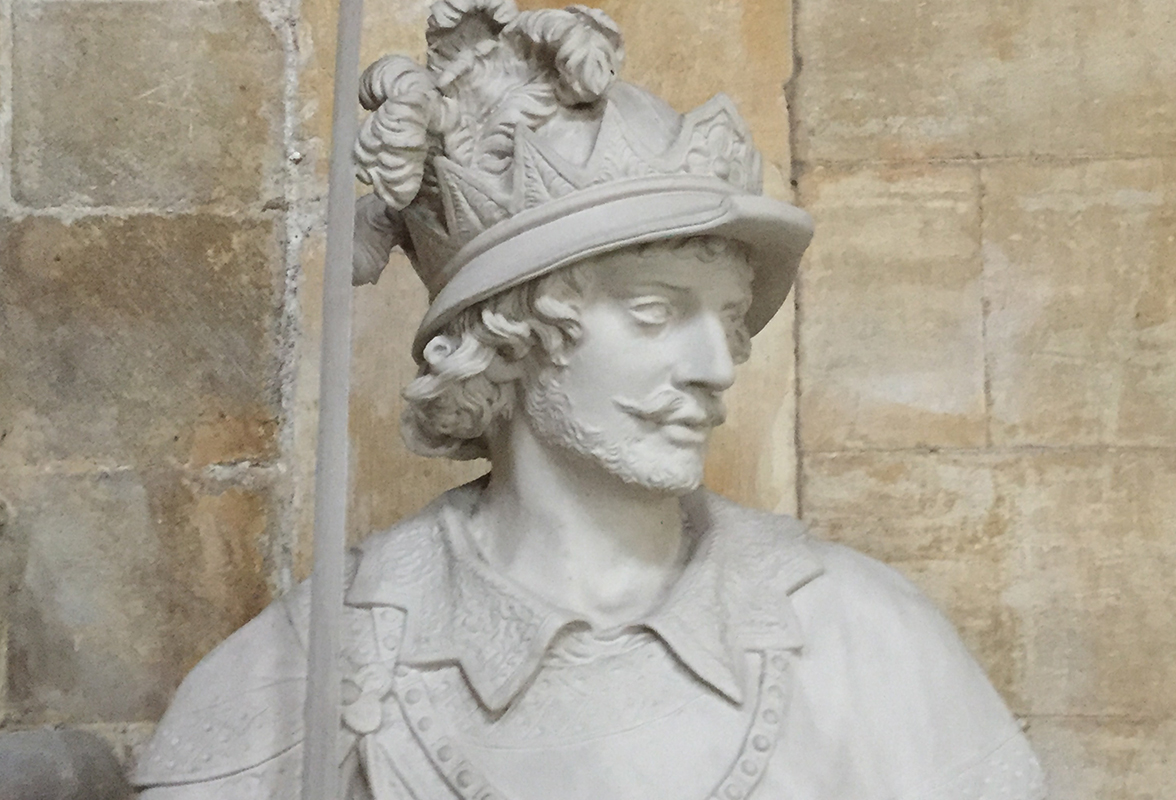
WHY SANCTUARY?
Bishop John of York chose a place where Beverley now stands to establish a monastery. He retired to it to find sanctuary. His reputation influenced King Athelstan to give Beverley the ‘right of sanctuary’ which attracted fugitives from a wide area. The Minster continues to be a place of sanctuary for the present generation.


The picture shows the Saxon Fridstool (chair of peace). It is one of only two that survive in England and is a symbol of the unbroken history of the site of Beverley Minster as the place of a Christian community. We have chosen the theme of sanctuary because Beverley Minster is unique in having the influence of a Saxon Saint and King in having the ‘right of sanctuary’. The British Library houses the original Beverley Sanctuary Book (1478 – 1540) listing the fugitives who claimed sanctuary. Sample pages here>

The origins of Beverley and the Minster can be traced to Bishop John of York who founded a monastery on the site in the 8th century. He retired to the monastery after leaving York and died in 721. He was buried there. His reputation attracted huge numbers of pilgrims and he was recognised as a saint in 1037. It is said that King Athelstan visited John’s tomb in 934 while leading his army north to fight against the Scots. Athelstan reputedly credited his victory to Bishop John and created sanctuary extending two miles from his tomb.

The Minster is one of only a few parish churches to contain the relics of a saint. John’s presence has attracted pilgrims for over 1,000 years and today we welcome over 60,000 visitors annually. Visitors are attracted not only by the architecture of one of Europe’s finest Gothic buildings, but also as a place of sanctuary to retreat from the stresses of everyday life. Over 7,000 prayer candles are lit each year and many can be seen taking advantage of the inspirational ambience to pray.

The sanctuary story resonates with the contemporary issue of refugees seeking sanctuary. The project will work with organisations formed to help refugees and people seeking asylum. School study packs will include information to give pupils an insight into attitudes of today’s society and for them to debate and compare this with the way in which sanctuary seekers were viewed in the Middle Ages.
